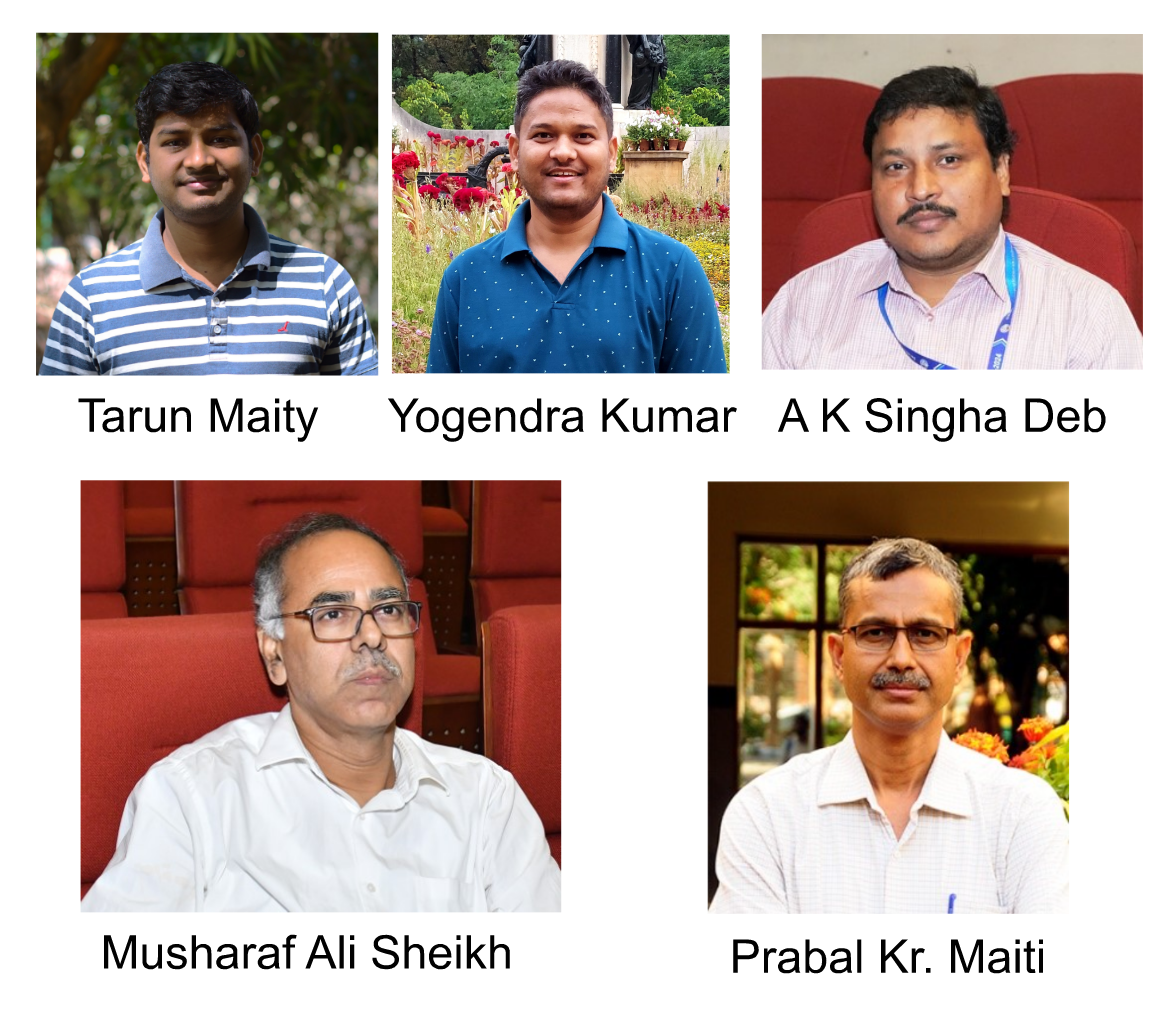Nanomaterial adsorbent cleans up nuclear waste

Uranyl ion extraction from seawater using carbon nanotubes (CNTs) grafted with PAMAM dendrimer. The CNT/PAMAM nanocomposite captures only uranyl ions (orange + white fish) from the sea, while leaving others (pale yellow + blue represents nitrate ions and grey represents other ions) (Image: Yogendra Kumar)
Uranium contamination, particularly in the form of uranyl ions (UO₂²⁺) in water bodies, poses a substantial threat to human health and environmental sustainability. Researchers from IISc and collaborators have developed a novel adsorbent comprising graphene and CNT-based nanocomposites functionalised with PAMAM dendrimers. This adsorbent exhibits exceptional adsorption capacity, selectivity, and reusability for uranyl extraction.
These dendrimers, owing to their hyper-branched architecture and high concentration of functional groups, exhibit a pronounced affinity for metal ion chelation. By integrating molecular dynamics simulations with experimental validation, the study demonstrates that CNT-PAMAM nanocomposites exhibit superior adsorption capabilities for uranyl ions compared to their graphene counterparts. The enhanced performance is attributed to the inherent curvature of CNTs, which facilitates the accessibility of more binding sites and facilitates the establishment of stronger interaction geometries.
Adsorption capacity was found to scale with dendrimer generation, reaching a maximum of 456 mg/g for CNT-PAMAM-G4 at pH 6. Notably, uranyl ions were observed to interact not only with the dendritic branches but also with the CNT/graphene, particularly at higher uranyl ion concentrations. The nanocomposites also showed remarkable regeneration capability, retaining performance over five adsorption–desorption cycles using a mild sodium carbonate solution.
Notably, the selectivity tests validated the preferential uptake of U(VI) over other actinides and fission products, underscoring their suitability for nuclear wastewater treatment. This study presents a scalable, high-efficiency platform for uranium remediation and underscores the potential of carbon-based, dendrimer-functionalized nanomaterials in environmental and nuclear cleanup strategies.
The team includes Tarun Maity (graduate student) and Yogendra Kumar (postdoc) from the Department of Physics at IISc, led by faculty member Prabal K Maiti, in collaboration with Ashish Kumar Singha Deb and Sk Musharaf Ali from BARC.

REFERENCE:
Maity T, Kumar Y, Deb AKS, Sheikh MA, Maiti PK, Enhanced and Efficient Extraction of Uranyl Ions from Aqueous Waste Using Graphene/CNT-PAMAM Nanocomposites, Langmuir (2025)
https://doi.org/10.1021/acs.langmuir.5c00280
LAB WEBSITE:
https://physics.iisc.ac.in/~maiti/





